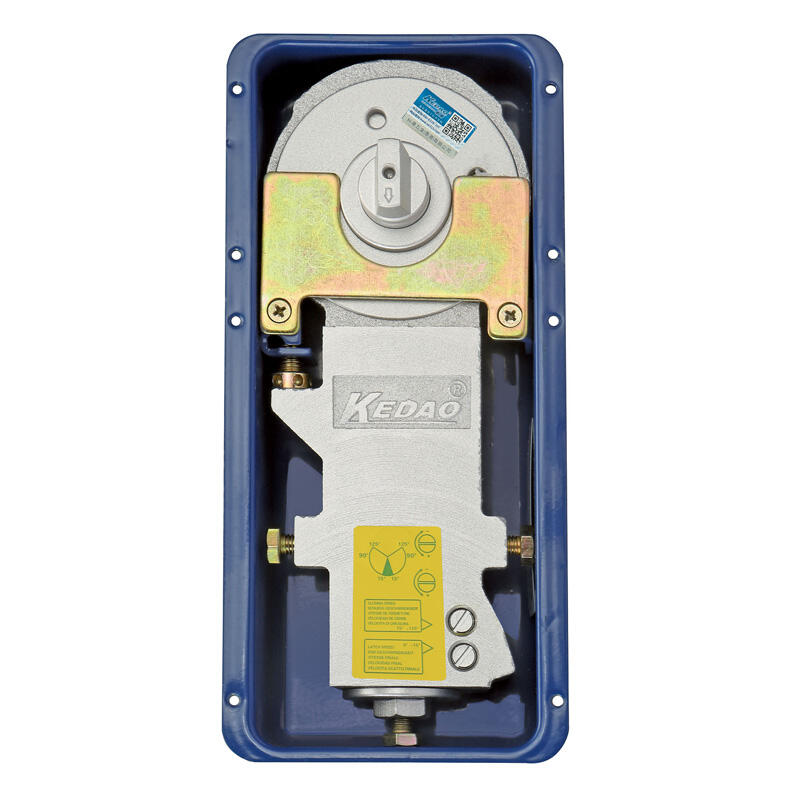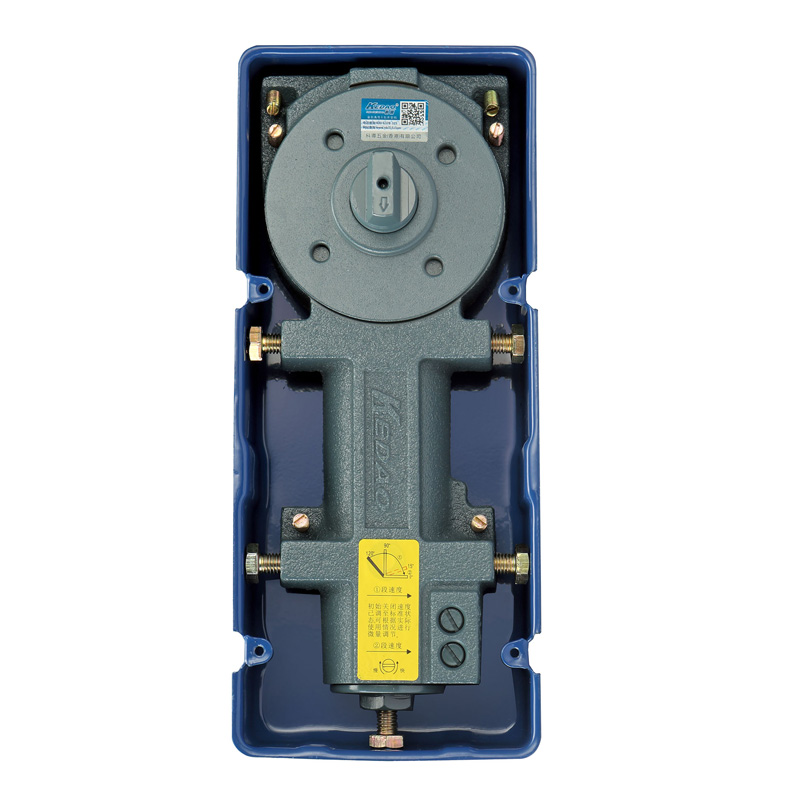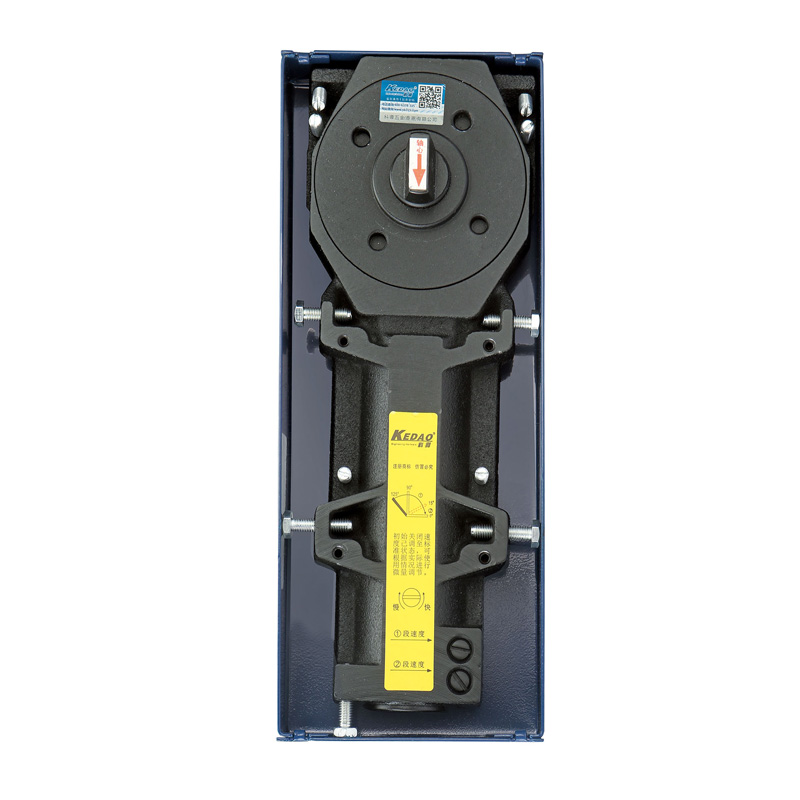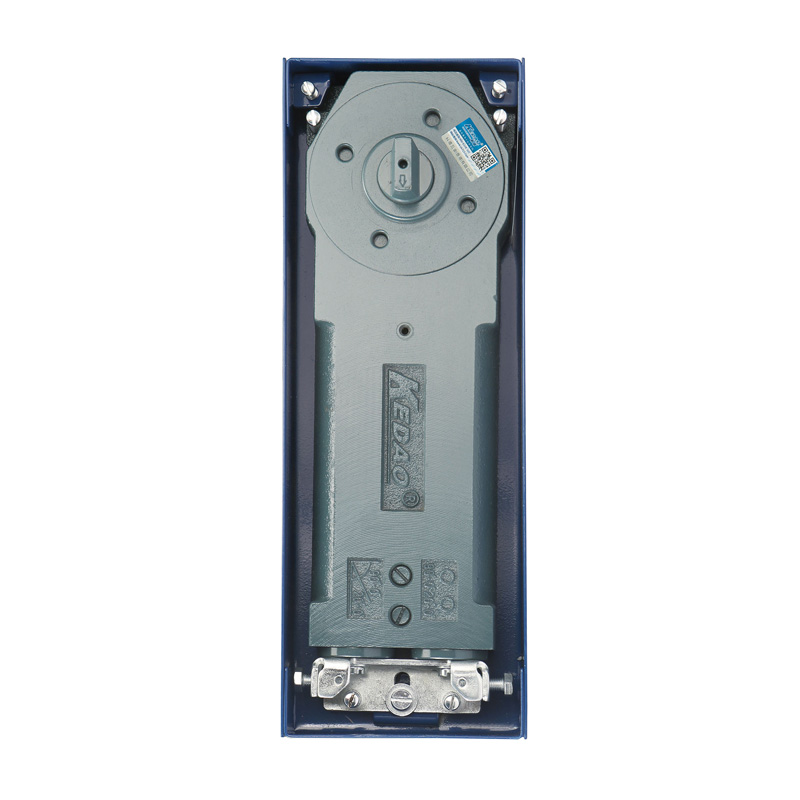Floor springs, also known as door closers or floor door hinges, play a crucial role in the smooth operation of doors in various architectural spaces.
These concealed hydraulic devices are installed within the floor, enabling doors to open and close effortlessly while maintaining optimal control.
As the market continually evolves, several different types of floor springs have emerged, each offering unique features and functionalities to meet diverse requirements.
Single-action floor springs
This type of floor spring is designed for doors that open in one direction only, either inward or outward. Single-action floor springs ensure controlled closing of the door and are commonly used in commercial buildings, such as offices or retail establishments. They provide reliability and durability, making them suitable for high-traffic areas.
Double-action floor springs
Unlike single-action floor springs, double-action floor springs are designed for doors that swing in both directions. These versatile floor springs allow doors to open in either direction and return to their closed position automatically. Double-action floor springs are commonly used in areas where the door needs to swing in both directions, such as restaurant kitchens or hospital corridors.
Hold-open floor springs
Hold-open floor springs offer the convenience of keeping the door open at a specific angle for extended periods. They feature adjustable hold-open mechanisms that allow the door to stay open at various angles, providing flexibility and convenience in different situations. Hold-open floor springs are commonly used in spaces where doors need to be held open temporarily, such as conference rooms or entrances to busy corridors.
Free-swing floor springs
Free-swing floor springs provide minimal resistance when opening and closing doors manually. They allow the door to operate as if there were no floor spring installed, providing a seamless user experience. Free-swing floor springs are particularly useful in buildings where ease of access is a priority, such as hospitals, schools, or residential areas.
Adjustable floor springs
Adjustable floor springs offer flexibility in controlling the closing speed and strength of the door. These floor springs have adjustable valves that allow the adjustment of closing and latching speeds to suit specific requirements. Adjustable floor springs are widely used in areas where door control and customization are essential, such as office buildings or hotels.
Overhead-concealed floor springs
As the name suggests, overhead-concealed floor springs are installed within the overhead portion of the door frame rather than the floor. These floor springs provide a concealed and streamlined appearance, making them suitable for architectural spaces with aesthetic considerations. They offer reliable door control and are commonly used in high-end residential or commercial buildings.
When selecting a floor spring, it is essential to consider factors such as the door type, frequency of use, location, and desired functionality. Each type of floor spring offers distinct advantages and is tailored to specific applications.
Consulting with experts or professionals in the field can help ensure the right floor spring is chosen for a particular architectural space, promoting smooth door operation, convenience, and safety.






